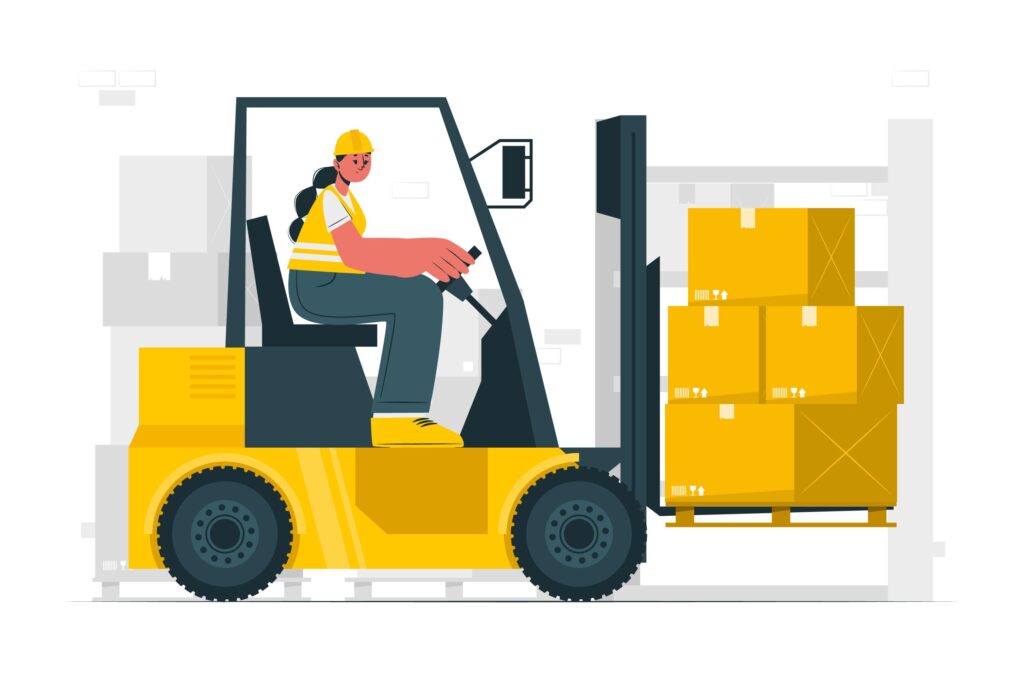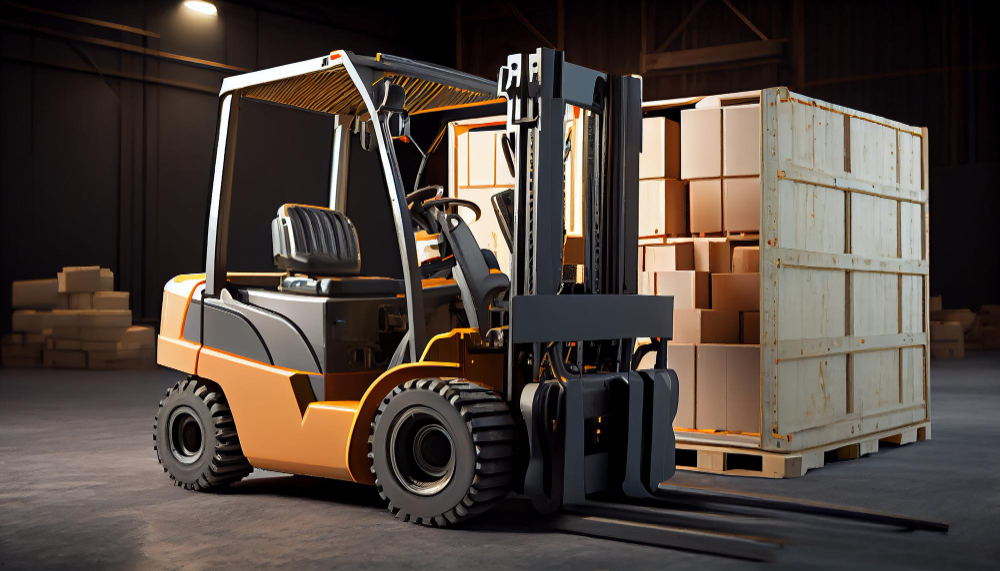Forklifts, though indispensable in many industrial settings, harbor a considerable risk that cannot be overlooked. Here’s a detailed examination of the sobering statistics surrounding forklift accidents:
- Fatalities and Injuries: Each year, between 75 to 100 workers tragically lose their lives due to forklift accidents, with an average of 87 fatalities annually. This figure has seen a distressing rise of nearly 30% over the past decade. Moreover, an estimated 35,000 to 62,000 injuries occur yearly, underscoring the pervasive danger these machines pose.
- Severity of Injuries: Forklift accidents not only result in fatalities but also inflict serious harm. Annually, 34,900 individuals suffer severe injuries, while an additional 61,800 report non-serious injuries. These figures paint a stark picture of the human toll exacted by forklift incidents.
- Common Accident Scenarios: Forklift overturning stands out as the primary cause of accidents, accounting for a quarter of all incidents. Equally concerning is the involvement of pedestrians, with 36% of forklift-related deaths attributed to pedestrian accidents.
- Preventative Measures: The potential for mitigating these incidents is substantial. Enhanced training protocols could theoretically avert up to 70% of forklift accidents in the US, according to estimates by the Occupational Safety & Health Administration (OSHA). Yet, despite efforts to improve safety, an average of 95 people suffer serious injuries daily, with a fatality occurring every four days.
- Annual Accident Rate: Alarmingly, approximately 11% of forklifts in the United States are implicated in accidents each year. This statistic underscores the persistent risk inherent in forklift operations.
Forklift Hazards
The inherent risks associated with forklifts stem from their unique characteristics:
- Weight and Speed: Forklifts boast substantial weight, often exceeding 9,000 pounds, and can achieve speeds of up to 18 mph. This combination of mass and velocity underscores their potential for causing significant damage.
- Braking and Handling: Forklifts differ from conventional vehicles in their braking systems, with brakes located solely at the front. This design quirk poses challenges in stopping, particularly when bearing heavy loads. Furthermore, the rear-heavy construction of forklifts can lead to instability during operation.
- Turning and Visibility: Rear-wheel steering dynamics increase the risk of tipping, especially during sharp turns. Compounding this issue is the obstruction of the driver’s view by front-loaded cargo, further complicating safe maneuvering.
- Lifting Loads: Forklifts frequently engage in lifting heavy loads to considerable heights, a task fraught with danger due to the potential for load instability and tipping.
Learn More: Forklift Fork Dimensions and Types
Minimizing Risk: Key Areas of Focus
To address these hazards and mitigate the risk of forklift accidents, particular attention must be paid to three critical areas:
- Training: Comprehensive training programs, aligned with OSHA standards, are imperative for forklift operators. These programs should cover truck-specific topics and workplace-specific challenges to ensure operators are equipped to navigate varied environments safely.
- Inspections: Regular inspections are essential to identify and rectify potential issues before they escalate into accidents. Key components such as brakes, steering systems, and tire condition should undergo meticulous scrutiny to ensure optimal functionality.
- Protection: Implementing strategic impact barriers throughout the facility can serve as a crucial line of defense against accidents. Conducting thorough safety assessments and investing in robust safety solutions tailored to the specific risk factors of the environment are paramount.
By prioritizing these areas and implementing proactive measures, workplaces can cultivate a safer environment for forklift operations, thereby reducing the frequency and severity of accidents and safeguarding the well-being of workers and assets alike.
Learn More: FORKLIFT MAINTENANCE TIPS



